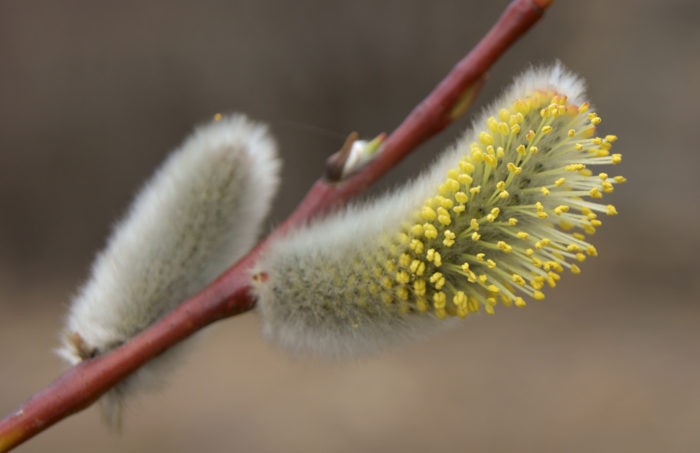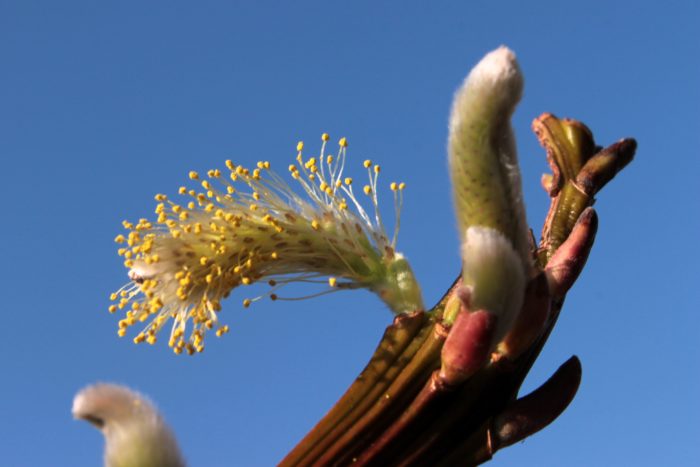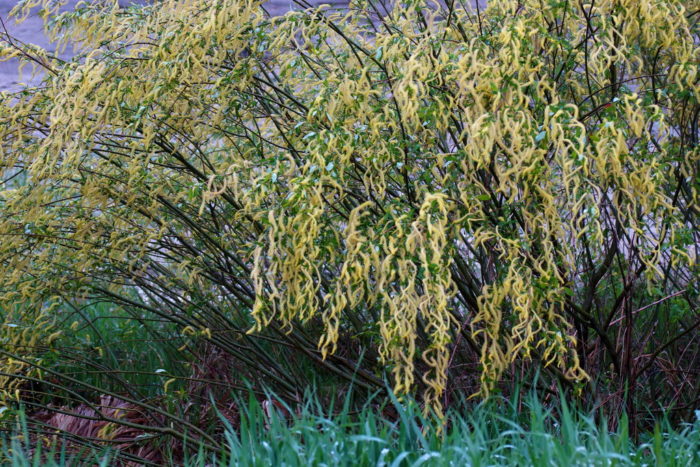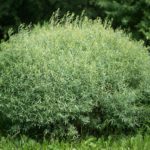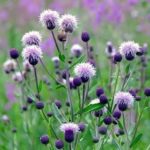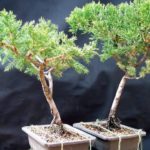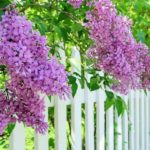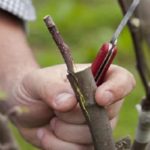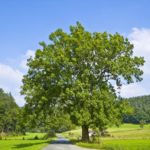Willow is a beautiful, graceful tree, suitable for beautifying park areas. And in our climatic conditions, a blooming willow is also a symbol of the onset of spring, the awakening of nature. The flowering of not all types of willows is decorative. The timing of the blooming of willow catkins also varies depending on the type of tree, with some species blooming even earlier than snowdrops.
When does flowering occur?
All varieties bloom early: at the very beginning of spring or even at the end of February. It is enough for the air temperature to rise from negative to 0°C, and the sun gently peeks out from behind the clouds, and the tree is ready to bloom. The snow cover has not yet melted, and the willow thickets are covered with buds.
Where climatic conditions are harsh, for example, in the Ural and Siberian regions, willow blooms later: in mid or late April. Some late-blooming varieties continue to form buds well into June.
What willows are blooming
There are more than 550 willow species on the planet, most of which grow in the northern hemisphere, on both the American and Eurasian continents. That is, the range mainly extends to areas where winters are more or less severe, and the beginning of spring is marked by frosts and snow-covered ground. Not all existing species attract attention with their flowering: there are some with inconspicuous flowers, and there are those that do not bloom at all.
In terms of their decorative properties, the white (Salix alba) and silver willow (Salix fragilis) are of greatest interest; they are often planted in parks and gardens of temperate climates, and they border roadsides. Under natural conditions, these trees are found in meadows and near ditches. These are large, powerful plants with spreading branches and a lush crown. The diameter of the trunk, covered with brown bark, reaches 1 m. The leaf blades are large, exceed 15 cm in length, and have a whitish-green color.
Brittle willow, named for the fragility of its thin shoots, also blooms beautifully. This is a medium-sized tree, growing up to 20 m, with a trunk diameter of up to 1 m. At the same time, the crown is spreading, dome-shaped. The bark is colored rich brown. The color of the leaves is interesting: rich green on the front side, bluish-light green on the bottom. The leaf blades grow up to 15-17 cm in length.And the flowers are pale yellow in color with a greenish tint.
The weeping willow, beloved by landscape designers, is also blooming. Its popularity in organizing parks is due to its unpretentiousness and ability to survive in any temperate climate. The trees are beautiful, large, but at the same time graceful, reaching a height of 25 m.
Goat willow, which spread from the Asian region and is not a tree, but a compact shrub, is also in demand as a decorative species. The species feels more comfortable in the southern regions; it blooms in early March, and at the end of May the flowering is completed. Despite its compact appearance, the willow is lush and decorative, and the foliage has a rich green color. Flower earrings are fluffy, they smell unusually pleasant, and exude a honey aroma.
Haruko-Nishiki
Separately, we should talk about this Japanese variety, which is highly decorative, bred specifically for parks and gardens, but is strikingly different from other species. The tree has an elegant appearance, but acquires its final decorative effect after regular pruning. Japanese willow must be trimmed monthly during the growing season.
The foliage is bright and variegated: light green with pinkish and white spots. Designers use this type to create luxurious landscape compositions. The variegated Japanese willow combines especially well with junipers, spruces, and other conifers. Haruko-Nishiki seedlings are popular, sold grafted on a standard. Trees with two or more trunks, each of which has a voluminous and dense crown, also look amazing.
Japanese willow blooms late - in April, along with the blossoming of leaves.Another unique feature of this variety is that its earrings have an intense purple color. And they smell amazing, the aroma is reminiscent of hyacinth.
Willow
Speaking about flowering willow trees, one cannot fail to mention the most common and well-known willow. A small tree or graceful shrub is notable for its thin shoots with red bark, compact crown, and blooms with fluffy silver earrings.
It is known that willow branches are used by Christians on Palm Sunday. They symbolize well-being and healing. It is noteworthy that for this Christian holiday the plant produces only buds, but not yet flowers. The silvery fluffy buds are popularly called “seals”. And the willow blooms later, and the “seals” are covered with bright yellow stamens.
How does flowering occur?
Any willow is a bisexual, dioecious plant. Male flowers look more decorative and have two pistils. Female flowers have one pistil.
Willow is wind pollinated. Pollen from earrings is easily blown away by wind currents. The movement of pollen between catkins is free, since the foliage has not yet blossomed, which means there are no obstacles. Despite the wind-pollinated principle of reproduction, willow is an excellent honey plant for many beekeepers; it attracts bees with its sweet aroma.
In most species, the earrings are small, neat, and when fully bloomed, white or yellow with a green tint. The length of the catkins is 3-5 cm. Willow produces many seeds, but their germination rate under natural conditions is low.

